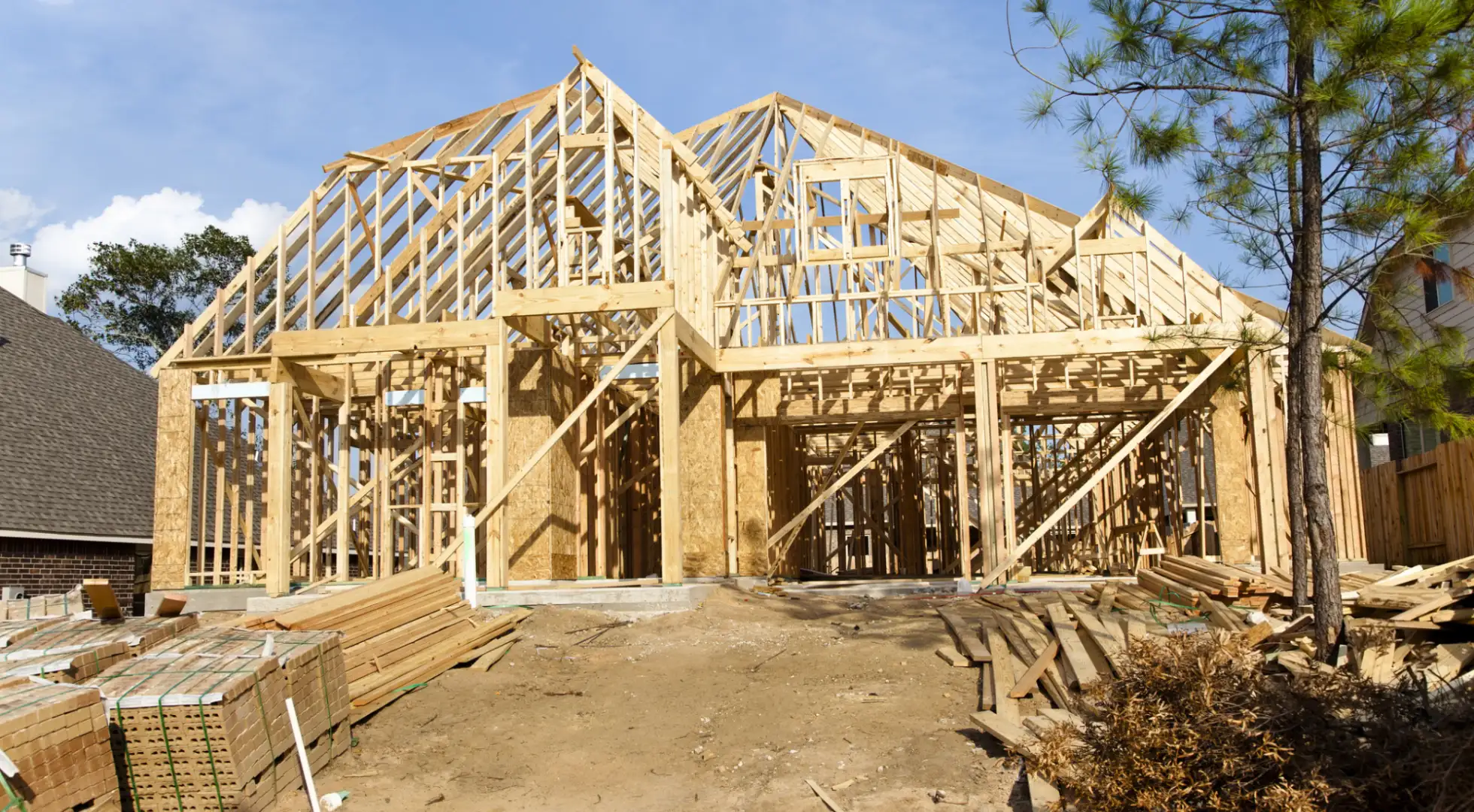New-Home Sales Dip By 2% in February as Mortgage Rates Rise

New-home sales fell 2% in February, the second consecutive monthly decline, as higher mortgage rates kept some home shoppers on the sidelines.
Builders sold 772,000 houses at an annualized and seasonally adjusted pace, compared with a downwardly revised reading of 788,000 in January, the Commerce Department said Thursday in a report that counts signed contracts as sales.
The median sales price was $400,600, the highest ever recorded for the month, after gaining 11% from $362,000 in February 2021, according to the report.
Mortgage rates have risen to a three-year high as the Federal Reserve tightens monetary policy, making it tougher for borrowers to stretch to pay soaring prices for new houses. That, coupled with inflation that could be worsened by a spike in energy costs after Russia’s invasion of Ukraine, could erode demand for new properties, said Doug Duncan, chief economist of Fannie Mae.
“With the rapid rise in mortgage rates, along with increased economic uncertainty given the Russian invasion of Ukraine and the beginning of a monetary policy tightening cycle, new home sales demand may now be softening,” Duncan said. “Even if rising mortgage rates stabilize, affordability constraints are now at a level that is likely increasingly weighing on sales.”
A near-record shortage of existing homes on the market should support demand for newly built properties, said Robert Dietz, chief economist of the National Association of Home Builders. In January, the number of pre-owned homes for sale fell to an all-time low of 850,000, and rose to 870,000 in February, according to data from the National Association of Realtors.
“Because there is such limited inventory of existing single-family homes on the market, additional new construction is required to meet demand even as building costs significantly outpace inflation,” Dietz said.
New home sales increased the most in the Northeast, gaining 59%, and advanced 6.3% in the Midwest, according to the report. Sales fell 13% in the West and dropped 1.7% in the South.
Builders continue to face delays in the time it takes to receive materials, said Odeta Kushi, deputy chief economist of First American.
“Builders face supply-side headwinds that make it difficult and more costly to build,” she said. “These costs are passed onto the buyer in the form of higher prices. In a rising rate environment, that makes affordability a big challenge for potential buyers.”
Another roadblock to sales may be the low rates that many borrowers locked in during the last two years, when a Fed program to buy bonds drove property financing costs to the lowest ever recorded, she said.
“One plausible reason why new-home sales are more sensitive to rising mortgage rates than existing-home sales is that new homes are typically bought by move-up buyers, who may feel rate-locked in when mortgage rates are rising,” Kushi said. “Why move out if you must pay more to move up?”
Ellen Chang is a Houston-based freelance journalist who writes articles for U.S. News & World Report. Chang previously covered investing, retirement and personal finance for TheStreet. She focuses her articles on stocks, personal finance, energy and cybersecurity. Her byline has appeared in national business publications, including USA Today, CBS News, Yahoo Finance MSN Money, Bankrate, Kiplinger and Fox Business. Follow her on Twitter at @ellenychang and Instagram at @ellenyinchang.




